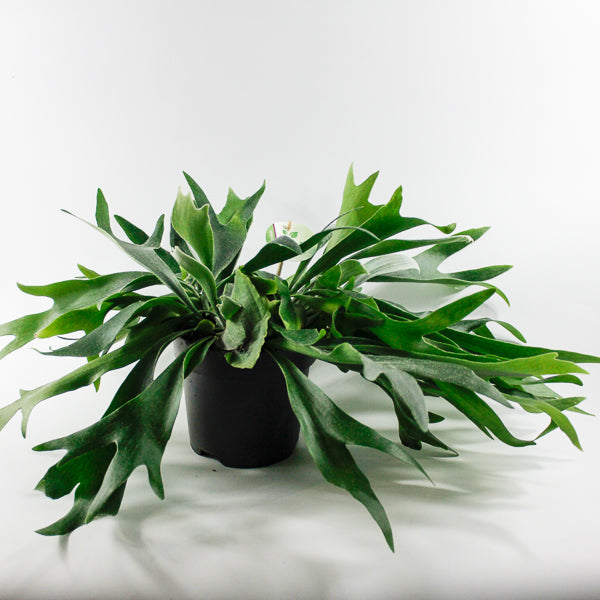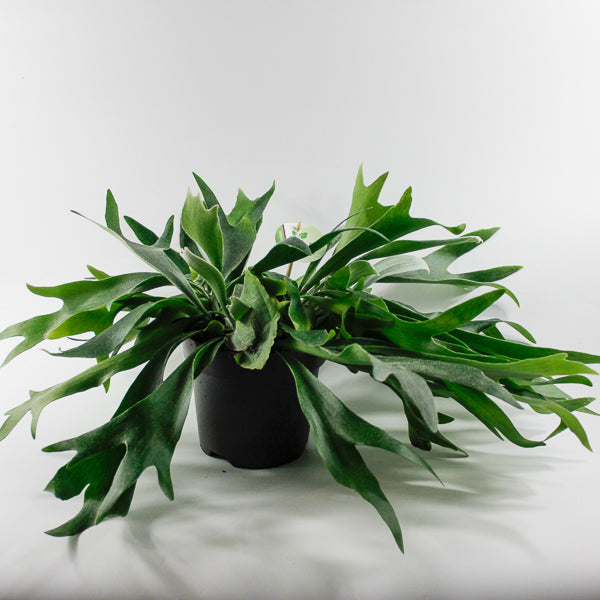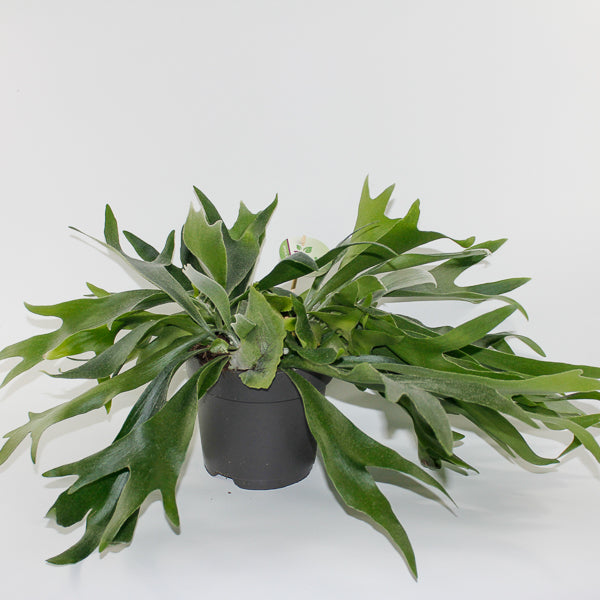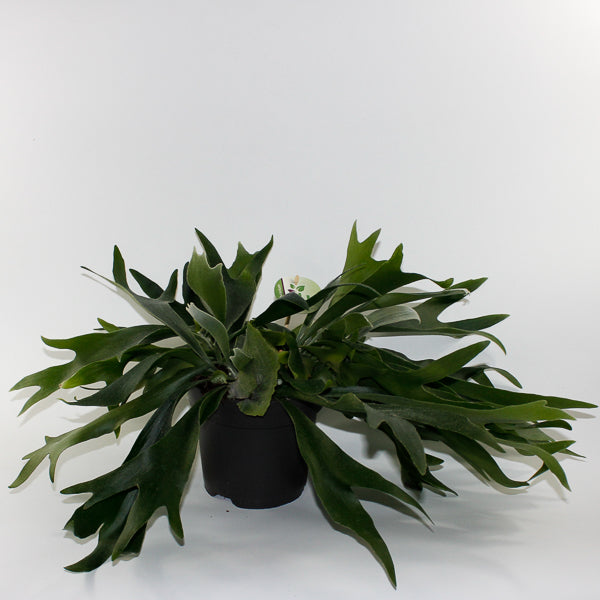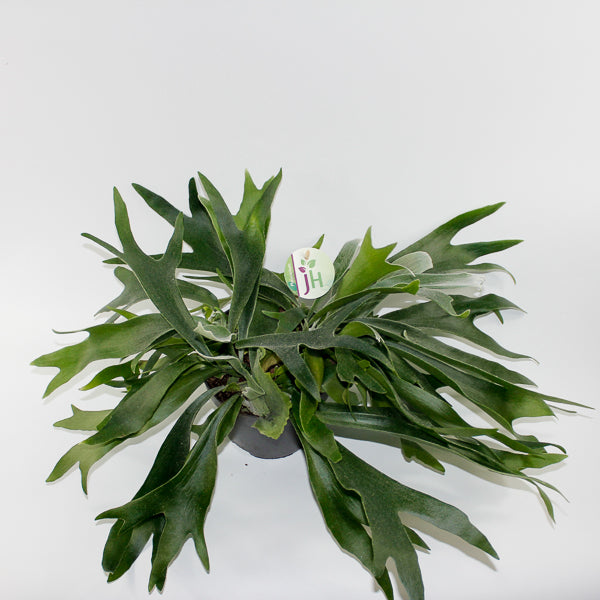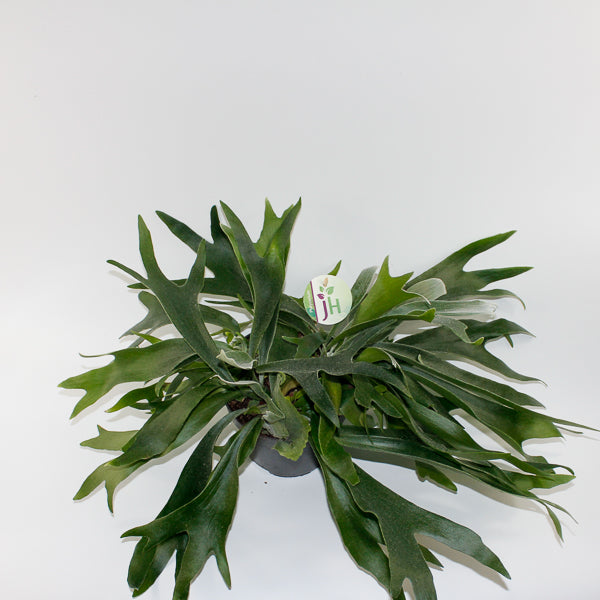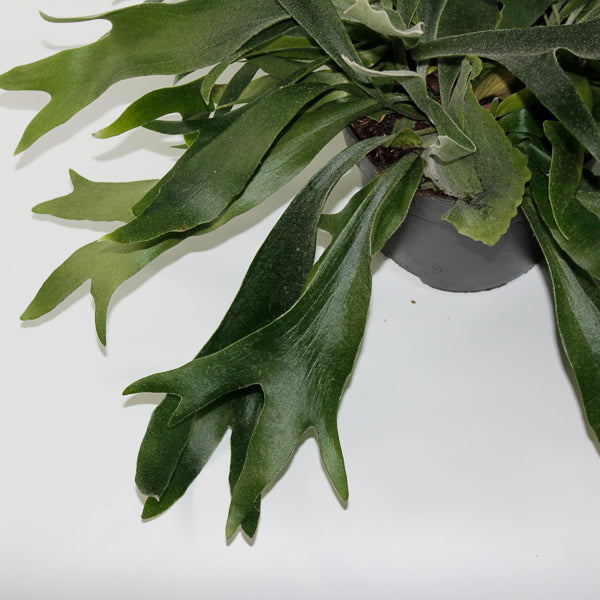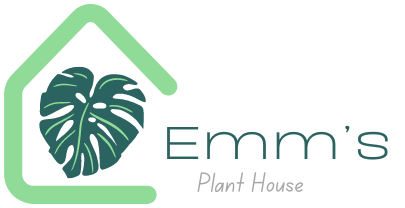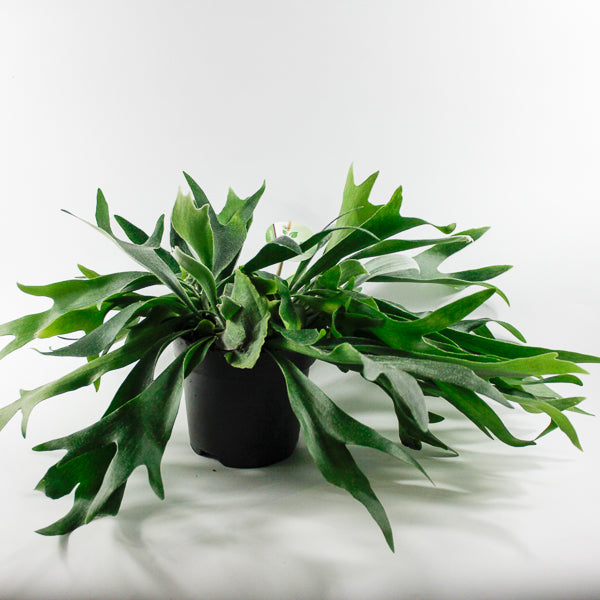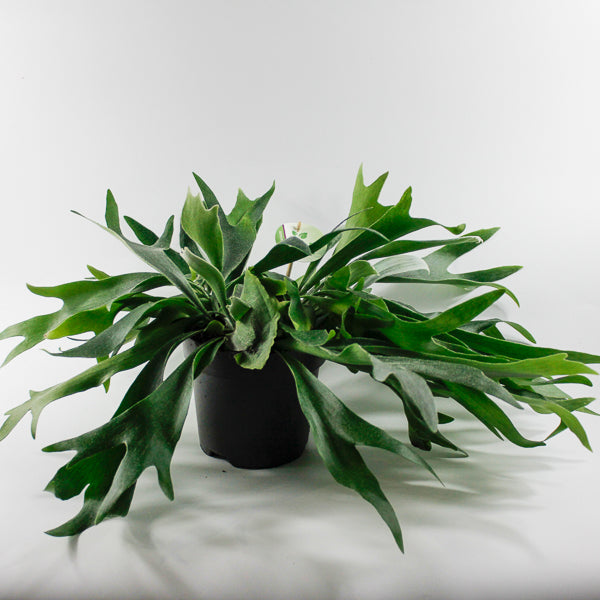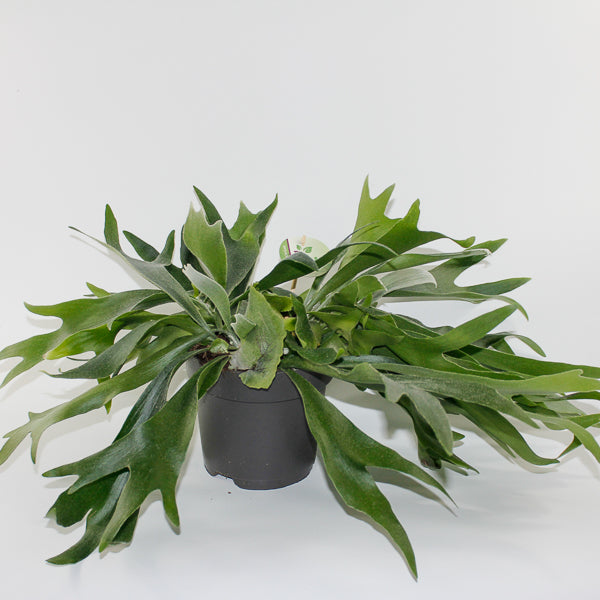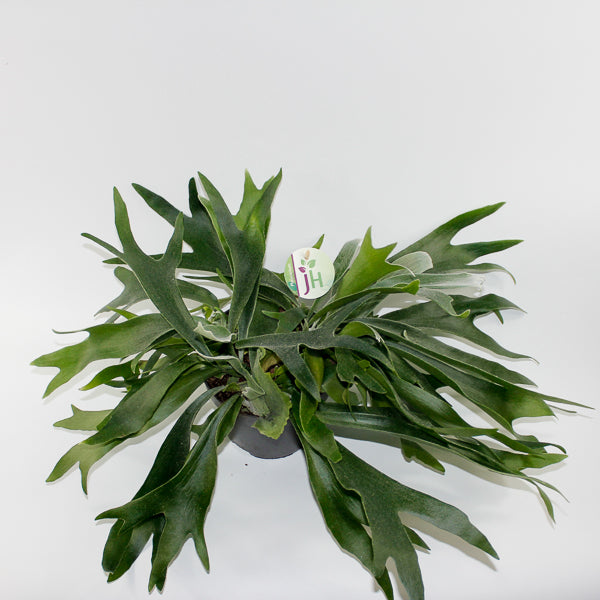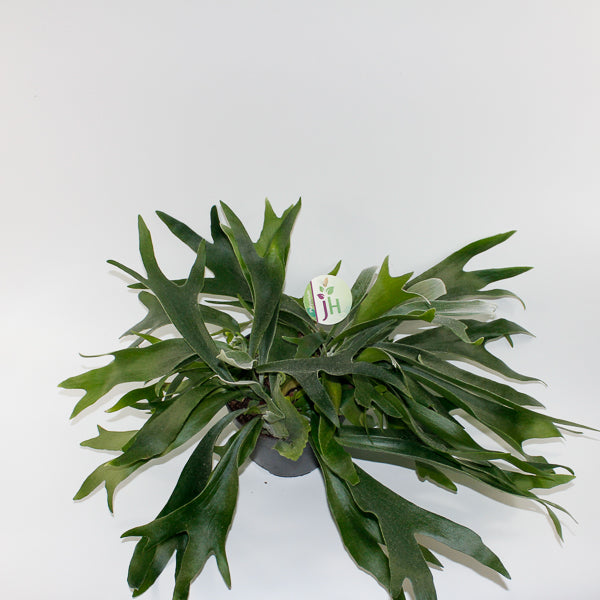1
/
of
7
Emm's Plant House
Platycerium Bifurcatum Ø17cm H40cm
Platycerium Bifurcatum Ø17cm H40cm
Regular price
£25.00 GBP
Regular price
Sale price
£25.00 GBP
Unit price
/
per
Taxes included.
Couldn't load pickup availability
Platycerium bifurcatum, commonly known as the "Staghorn Fern," is a striking epiphytic fern native to tropical and subtropical regions of Australia, Southeast Asia, and Africa. This fern is famous for its unique fronds, which resemble the antlers of a stag, giving it a distinct and impressive appearance. The plant features two types of fronds: broad, shield-like fronds that form a base and narrow, forked fronds that resemble antlers. Platycerium bifurcatum is an excellent choice for adding a touch of greenery to walls or hanging planters, as it thrives in high humidity and indirect light.
- Full Botanical Name: Platycerium bifurcatum
- Common Names: Staghorn Fern
- Country and/or Region of Origin: Native to Australia, Southeast Asia, and parts of Africa
- Growing Conditions in Native Habitat: Grows as an epiphyte on trees in tropical and subtropical rainforests, with high humidity and indirect light
Care Guide
Care Guide
Share
